Survival Basics: which food to take into the wilderness (easy to carry, high energy)
What food to bring on a survival trip in the wilderness? I'll tell you. You'll learn which food is light and provides a lot of energy.
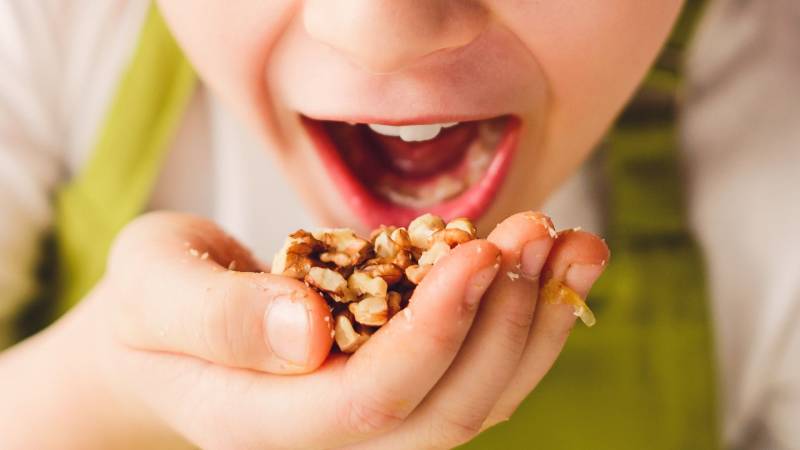

From Martin Gebhardt. Check out my “About me” page.
👉 The key facts from this guide
- Food for survival trips should be lightweight, energy-rich, and long-lasting. Avoid heavy foods and those that spoil quickly or are difficult to digest.
- For day trips, simple snacks like nuts, cereal bars, dried fruit, and energy gels are sufficient. For longer trips, you should also bring beef jerky, dried fish, cookies, and oats.
- For trips lasting more than a week, you will likely have to rely on gathering food from nature. Bring enough food for the first few days and then plan to forage for fruits, insects, or plants.
- Avoid soups in pouches and water-heavy foods, as they have little nutritional value and are difficult to transport. Instead, focus on dried or dehydrated foods.
- Remember that every additional gram of food means more energy consumption. Therefore, it's important to minimize the weight of your food and only bring the necessities.
What is the safest and easiest way to quickly get energy?
What weighs very little and is good to bring on your survival trip?
I will take a closer look at these questions and you will learn what should be in your backpack when you venture into the wilderness.
What food must deliver
Basically, a varied food offer is essential for a balanced diet. This is the only way to stay healthy and fit.
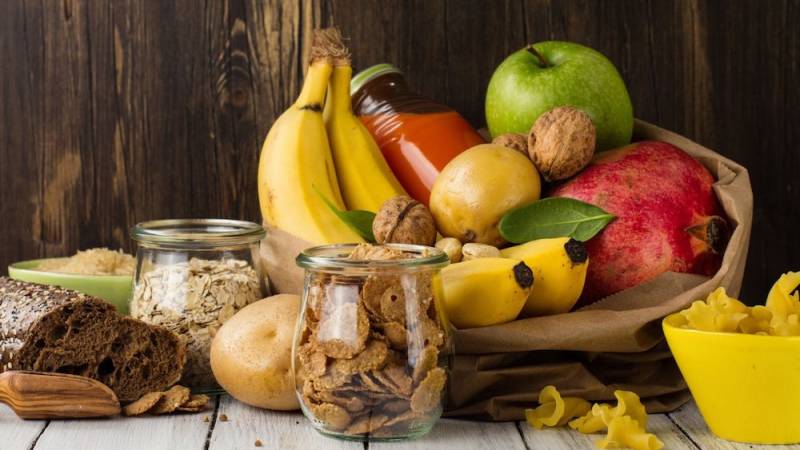
It includes all five of the main food groups:
- Protein – Milk and other dairy products
- Non-dairy protein – such as fish, legumes, nuts, eggs, and meat
- Carbohydrates – Starchy foods like bread, pasta, rice, grains, and potatoes
- Fruits and vegetables
- Fats and sugar
It would be perfect to include all of these points in your diet.
However, this is not always possible, especially when you are in a survival situation or on a survival trip.
You are not traveling by car and therefore only have limited space in your backpack.
The issue with weight
Furthermore, you would rather not carry heavy items.
Every extra gram means more energy consumption, and you must painfully replenish this energy in your body.
Furthermore, you want to be mobile and spontaneous. A heavy backpack only hinders you.
You want to navigate the wilderness with alertness, power, and good spirits.
Therefore, we must make compromises on the main food groups.
And besides, heavy foods such as cans with lots of liquid are taboo.
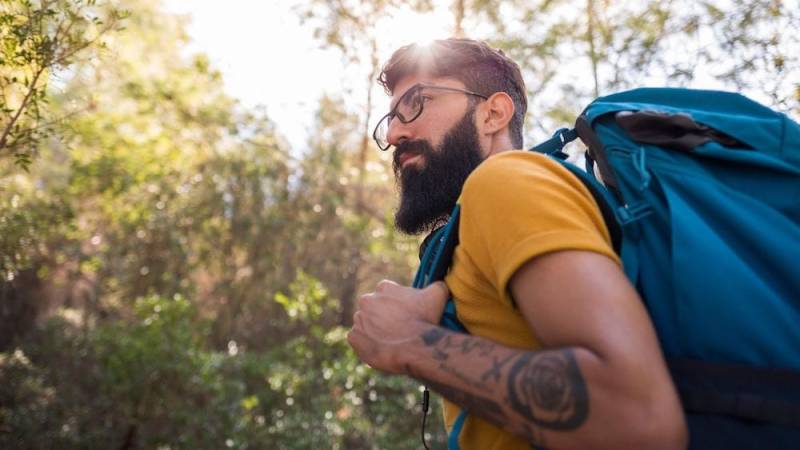
Requirements for a survival situation
Ideally, you will need food that:
- Lightweight options include:
- Avoid heavy foods like 1 kg potatoes or cans of ravioli. Instead, pack more sensible options in your backpack.
- High-energy options include:
- By energy, I primarily mean food that contains a lot of protein and carbohydrates.
- Long-lasting options include:
- Your food should not spoil within hours, like raw chicken in 30 degree heat in the summer.
- Options easy to digest include:
- Avoid foods that are difficult to digest, such as cabbage, leeks, mushrooms, peppers, olives, cucumbers, and radishes. Also avoid foods that cause excessive bloating, such as legumes like beans with rice.
For day trips (6-10 hours)
This situation is not a problem. There are three different options.
Continue eating as usual: If you want to maintain your food intake, you need approximately 1800 to 2500 calories per day. Take whatever you want, just don't make your backpack too heavy.
Take less with you: In general, it is also possible to take only a small amount with you to save weight. A buttered bread roll, a sandwich, or a filled bread roll are enough. Your body can handle it well if it eats less for a while. However, remember to drink enough fluids.
Take very little with you: If you want to keep it simple, take high-energy food with you, such as:
- All types of nuts (buy here)
- Muesli bars, fitness bars, power bars, energy bars (buy here)
- Dried fruit (buy here)
- Energy gels (buy here)
- Isotonic drink mix (buy here)
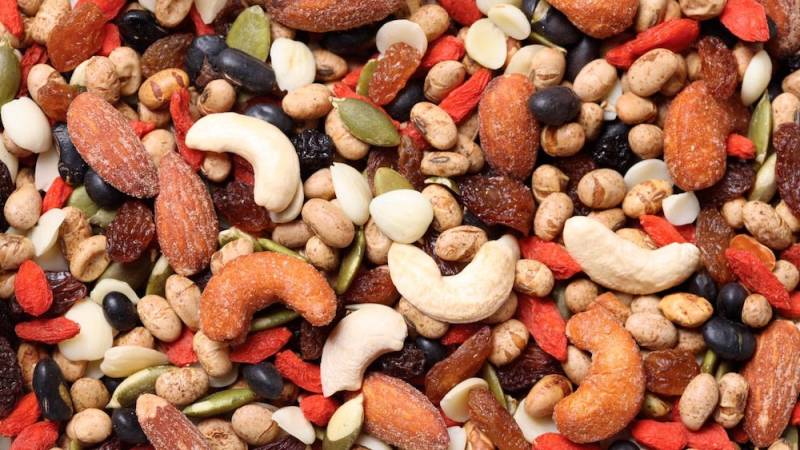
Everything is easy to store and the food provides important carbohydrates and proteins.
You can find energy bars at any drugstore or in bulk on Amazon.
These listed foods are perfect for any survival trip: high in energy and easy to carry.
Whether it's for 24 hours or 14 days.
Always bring nuts and bars with you.
For the 24-hour trip
Everything is also in the green zone here. However, pack your backpack in such a way that you still have extra food and that it is more varied.
In addition to your normal food, also pack the following:
- Jerky (more about it in my article on jerky)
- Dried fish (more about it in my article on dried fish)
- Cookies (better: cookies with chocolate)
- Oatmeal / granola
Dried food is perfect because it is light and nutritious.
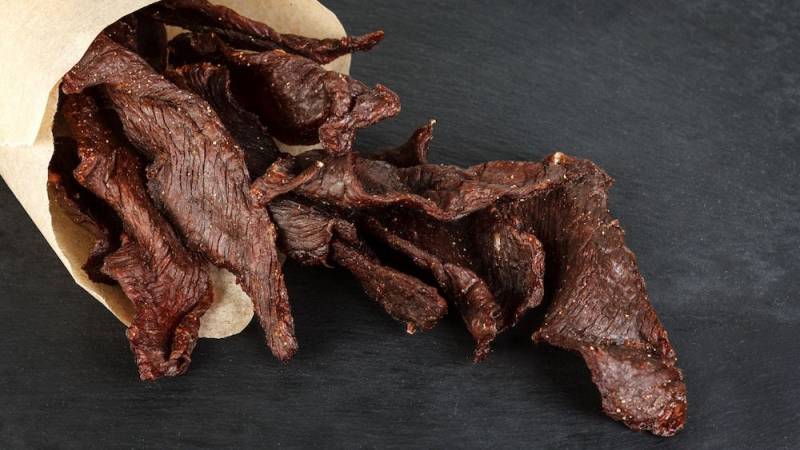
For a 7-day trip
As always, you can eat whatever you want, just pay attention to the weight of your food.
If you need approximately 1 kg of food per day, you will need a total of 7 kg of food for the trip.
Your equipment should not weigh more than 10 kg. This will result in a total weight of 17 kg.
17 kg in your backpack is just right for your trip. You already have enough to carry, so don't bring anymore.
The good news: Your weight decreases by one kilogram every day.
Read also
Your Bushcraft Backpack: What is the Optimal Weight? How Much Can a Packed Backpack Weigh? – Learn what weight is ideal for a bushcraft backpack so you can comfortably travel with the necessary equipment in nature. What is the Optimal Weight?
For a week-long excursion and beyond
For the first few days, bring along the recommended food as you would for a 7-day trip. In addition, bring along more dry foods, such as pepper, onions, berries, fruits, vegetables, potato slices, apple slices, etc.
Flour is also a great option for making your own bread or noodles. All you need is water and salt.
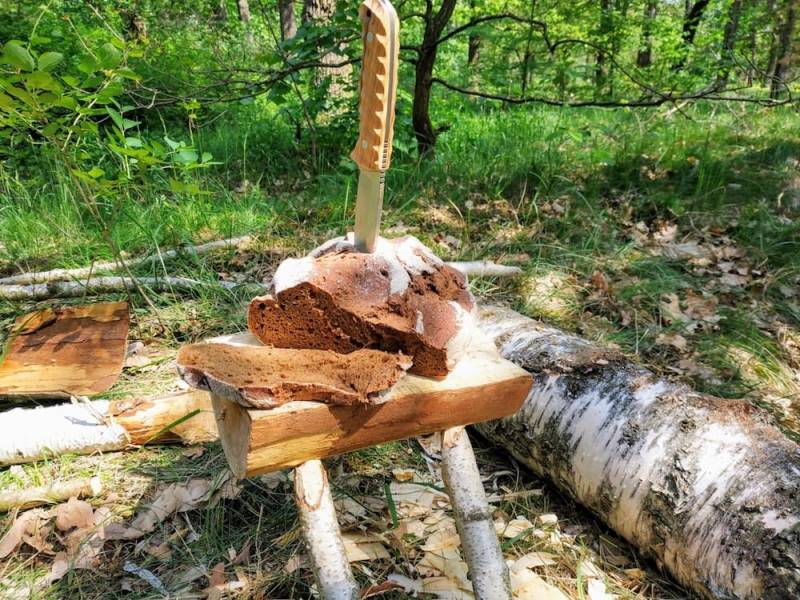
With this food, you can successfully bridge the first 7 days.
During these 7 days, you must take care of your food procurement.
Procuring food
During a long stay in the wilderness, you will not be able to avoid finding your food in nature.
You cannot carry so many packs and cans. It will be too heavy, and you will not be able to take essential equipment with you.
That would be foolish because with your equipment, you can get your food over and over again. You will only have one meal from a can of ravioli. Its reuse is not possible, unlike an fishing rod, trap, or weapon.
Check out my article "Survival Gear: These 11 Tools You Need to Survive in the Wilderness", where I give concrete recommendations.
- If you are in the same location: You need at least one reliable food source, whether it be fruits, insects or plants. After 7 days, you will be completely dependent on nature. For this situation, you should have at least one or two energy bars as emergency rations with you.
- If you are a nomad traveling through the wilderness: Take any food you can find on your hike. Berries on the side of the road, insects or plant roots.
My tip: In the first few hours, take care of other important things. Build your shelter, find water and make a fire. Afterwards, gradually start looking for food.
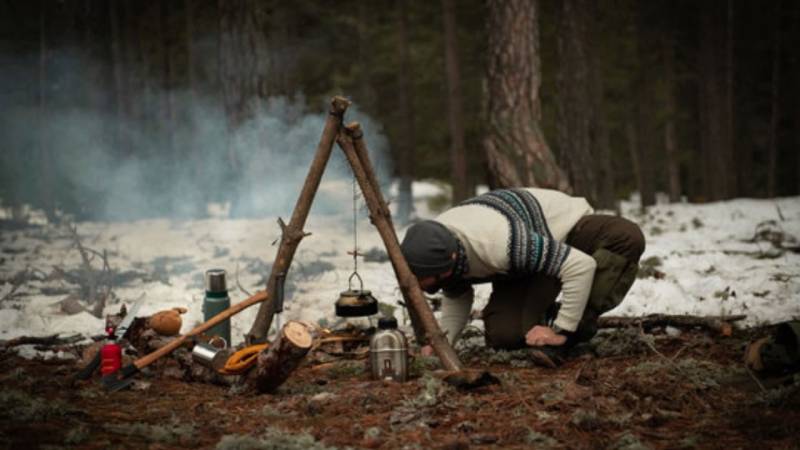
What I advise against
- Instant soups: Stay away from them, as they have little nutritional value compared to other dried foods. In addition, instant soups often contain food additives that clearly weaken you. It's not an energy-rich food.
- Water-rich foods: I wouldn't take them with me because they are too heavy. Think about what's heavier: Dried apples or fresh apples? A can of ravioli with tomato sauce or noodles and tomato paste (the water comes later)?
What do you think of my tips? Do you pack your backpack like this too?
Did I forget something important? Then write it in the comments!


Author of the guide
Martin Gebhardt
Hey, I'm Martin. On my blog, you will learn the basics and numerous details about living in the wild. I think survival, bushcraft and the good life in nature are the keys to happiness. Find me here on Instagram or on YouTube. You can find more about my mission on the About Me page.
Was this guide helpful?
31 people found this guide helpful.
4.65 out of 5 points (34 Ratings)
Comments (0)
This post may contain affiliate links. So if you click on the links and make a purchase, I will receive a small commission at no additional cost to you. Click here, to learn more about it.



